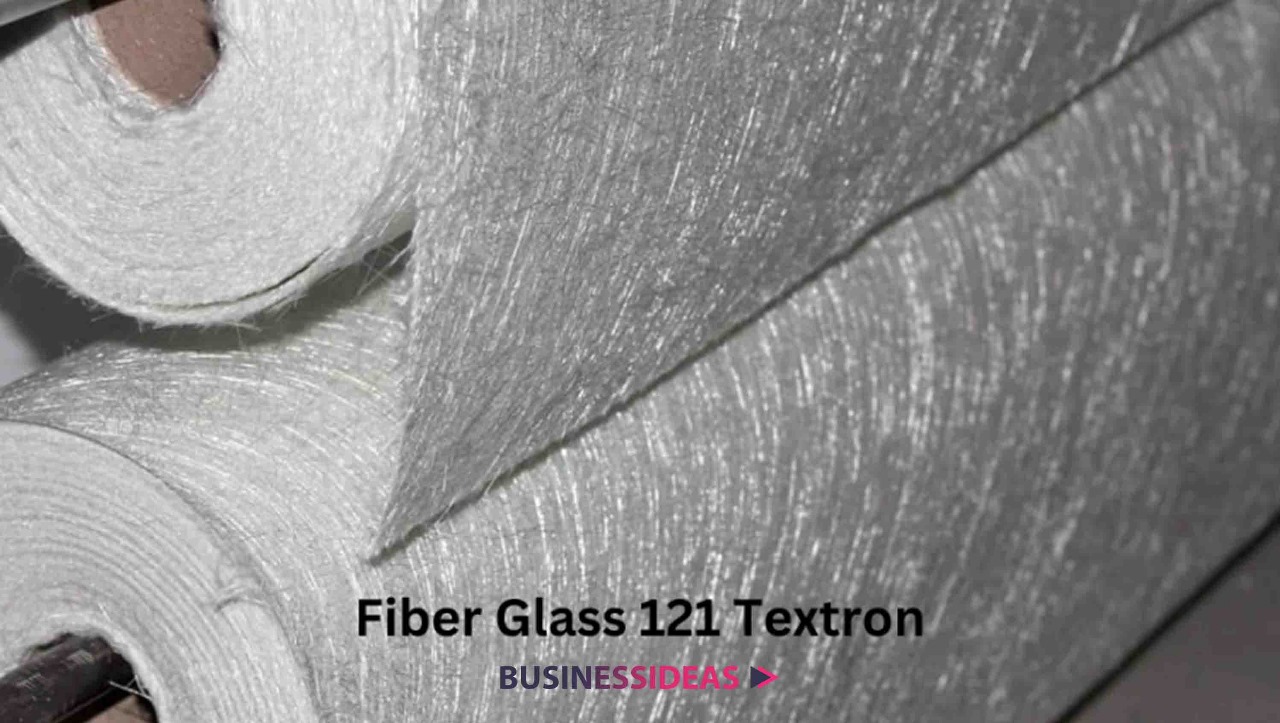121 fiberglass cloth Textron is an outstanding high-performance material used across numerous industrial applications due to its superior mechanical properties and versatility. In this blog post we’ll look into its characteristics, applications, manufacturing process and advantages; providing an in-depth knowledge base about this essential material.
What is Fiberglass Cloth?
Glass fiber cloth, also referred to as fiberglass cloth, is an extremely strong fabric known for its resistance against heat and chemicals. Commonly found as reinforcement material in composite materials such as composite wood composites. Fiberglass cloth comes in various weights and weaves; with one such weave offering particular benefits: 121 fiberglass cloth Textron
Characteristics of 121 Fiberglass Cloth Textron
1 Composition
Fiberglass cloth (121 fiberglass cloth Textron) is composed of high-grade glass fibers woven together to form an extremely strong yet lightweight fabric. These fibers typically include silica compounds for increased strength and thermal resistance..
2 Weave Pattern
The weave pattern of 121 fiberglass cloth Textron has been specifically created to offer optimal strength while remaining flexible enough for manipulation during manufacturing processes without jeopardizing its structural integrity. This balance makes the material easily manageable without jeopardizing its integrity in any way..
3 Weight:
Weight of fiberglass cloth plays a pivotal role in its performance. On average, 0.12 ounces per square foot (4 ounces per yard) makes this lightweight yet resilient material an excellent fit for many different uses.
4 Thermal Resistance:
One of the hallmark features of 121 fiberglass cloth Textron is its ability to tolerate high temperatures. This material has the capacity of withstanding continuous exposure up to 500°F (260°C), making it suitable for applications where heat resistance is critical.
5 Chemical Resistance:
Glass fibers found in 121 fiberglass cloth Textron are highly resistant to acids and alkalis, making it the perfect material to be used in industries where harsh chemical exposure may occur frequently. This property makes the fabric an excellent option when dealing with harsh substances.
Applications of 121 Fiberglass Cloth
Due to its unique properties, fiberglass cloth 121 can be found across numerous industries for various uses.
1 Aerospace
In the aerospace industry, fiberglass cloth is frequently utilized to fabricate lightweight composite structures requiring high strength-to-weight ratios, such as aircraft wings or fuselage sections. When combined with resin systems for use as component manufacturing methods.
2 Automotive
Automotive industries frequently utilize fiberglass cloth reinforcement in vehicle bodies and components, taking advantage of its lightweight nature to increase fuel efficiency while upholding structural integrity.
3 Marine
Marine fiberglass cloth can be found used for building boats and other watercraft, due to its resistance against moisture and chemicals – making it the ideal material choice for use as hull lining and other exposed surfaces.
4 Electrical Insulation
Due to its excellent electrical insulating qualities, 121 fiberglass cloth is frequently employed in electrical applications for protection of cables and components in high voltage environments. Insulating wraps made with this fabric may also be employed.
5 Construction
Construction firms often utilize this material in roofing systems, wall panels and other structural elements that need to be durable while being resistant to environmental influences.
Manufacturing Process
The manufacturing process for 121 fiberglass cloth involves several key steps:
1 Fiber Production
First step of manufacturing glass fibers involves producing raw materials like silica sand, soda ash and limestone at temperatures exceeding High temperature, heat and flame resistant thermal insulating fiberglass fabric fabricated from high quality type E fiberglass that will not burn and will withstand continuous exposure to temperatures of 1000°F / 520°C.
2 Fiber Drawing
Once the glass has become liquid, a process known as fiber drawing is used to transform it into thin fibers. This involves pulling it through small orifices in order to form long strands of glass fiber.
3 Weaving:
Fibers drawn from fiberglass sheets are then interwoven using special looms into fabric structure of 121 fiberglass cloth, creating its fabric structure and weave pattern which may vary according to desired properties of the final product.
4 Coating (Optional)
Sometimes woven fabric may be coated with resin or another protective layer in order to enhance its properties and make them compatible with specific applications. This coating process may further boost their capabilities or facilitate integration in specific environments.
5 Fiberglass Cloth Measured
Wf =Total weight (W) per square yard of fiberglass (f) cloth used in laminate. Units are in ounces per square yard (oz/yd2), i.e. 6 oz fiberglass cloth weighs 6 oz/yd2.
Advantages of Using 121 Fiberglass Cloth
Choosing 121 fiberglass cloth offers numerous advantages:
1 High Strength-to-Weight Ratio
This material provides impressive strength without adding significant weight, making it the ideal solution for applications where weight reduction is of great concern.
2 Durability
With exceptional resistance to environmental factors like moisture, heat and chemicals, fiberglass cloth ensures long-term performance under harsh conditions.
3 Versatility
Due to its versatile application across industries and applications – from aerospace to construction – its adaptability enables its usage across different verticals and applications.
4 Cost-Effectiveness
As an affordable alternative to more high-performance materials like carbon fiber or aramid fibers, fiberglass cloth tends to offer more cost-effective performance solutions without compromising the quality or performance.
Conclusion
121 fiberglass cloth Textron stands out as an adaptable and high-performing material perfect for numerous industries and applications. Thanks to its exceptional blend of strength, thermal resistance, chemical resilience and lightweight nature, 121 fiberglass cloth Textron serves engineers and manufacturers looking to enhance product performance and durability by improving products performance and longevity.
As industries advance and require higher standards in materials used during production processes, advanced composites like 121 fiberglass cloth Textron will only become increasingly relevant to businesses when selecting project materials. Understanding its properties and uses will enable organizations to make educated choices when selecting project materials.
Textron’s 121 fiberglass cloth allows businesses to achieve superior results while optimizing costs and performance across their various fields of operation.








